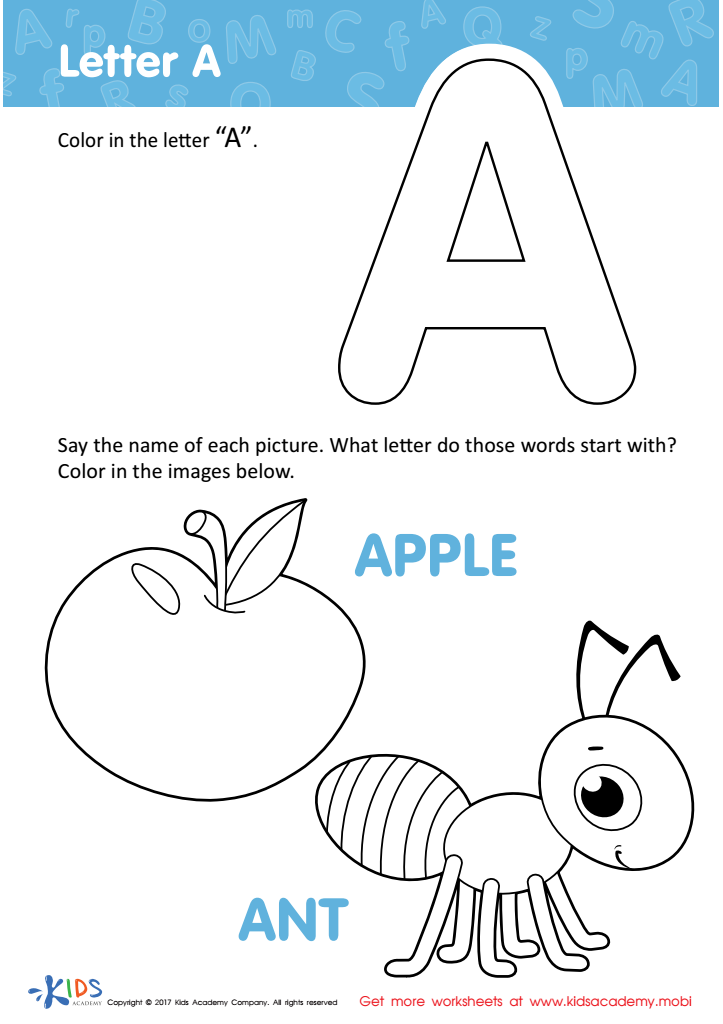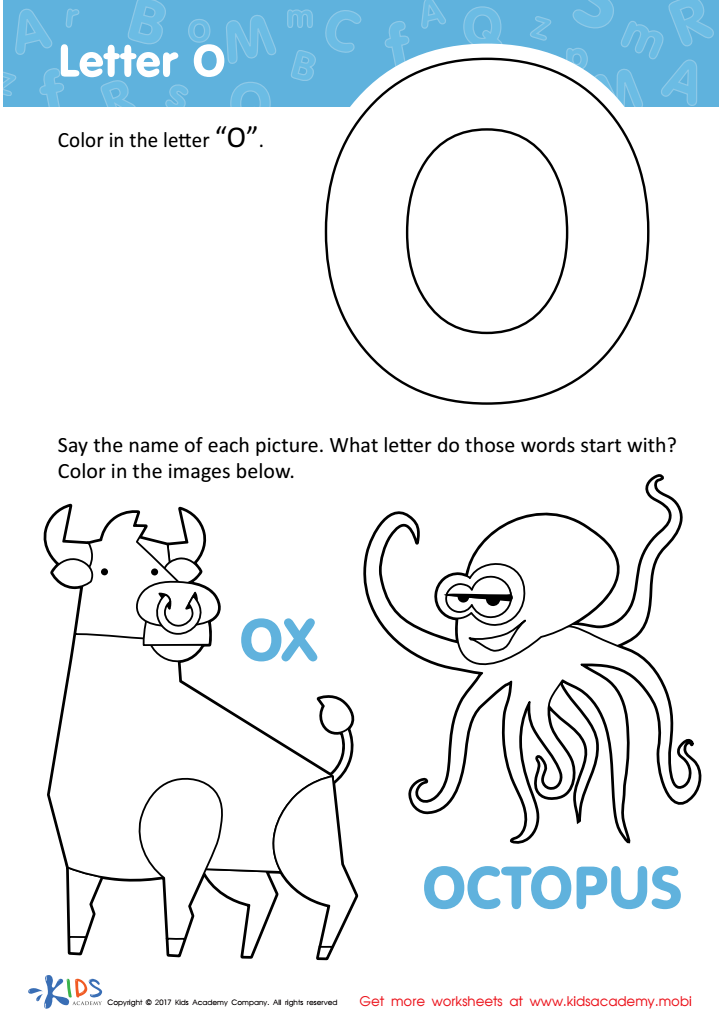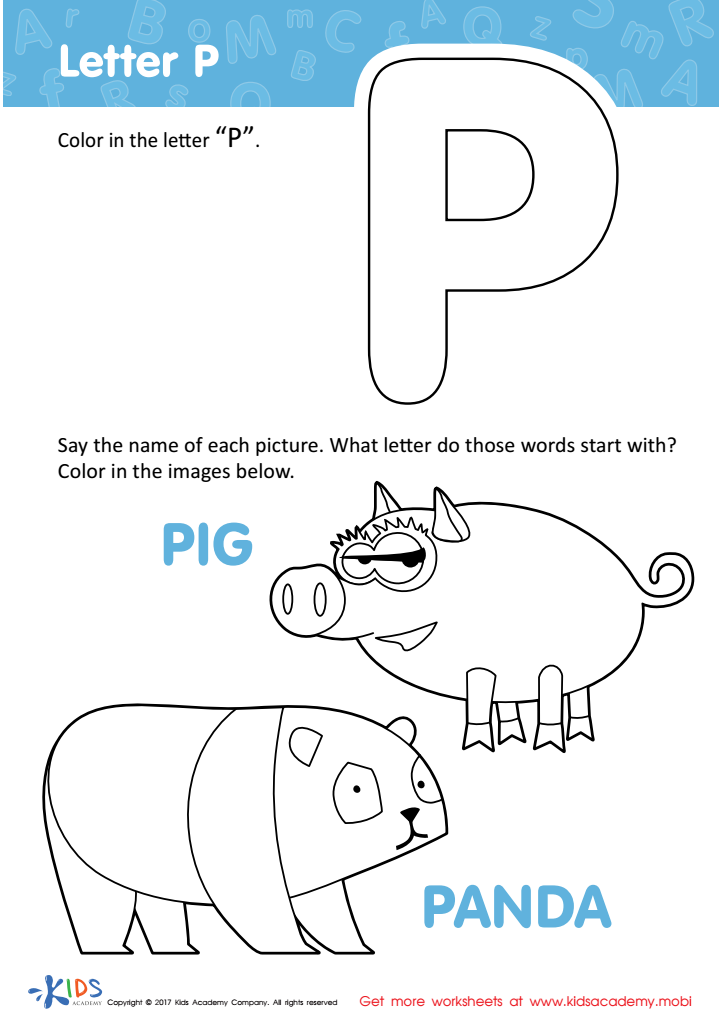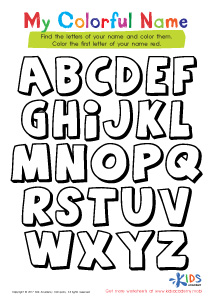Letter Tracing Grade 3 Letter Recognition Worksheets
6 filtered results
-
From - To
Boost your third grader's literacy skills with our engaging Letter Tracing Grade 3 Letter Recognition Worksheets. Designed to make learning fun, these worksheets help students improve their handwriting and reinforce letter recognition. Each worksheet features eye-catching illustrations and a variety of tracing activities, allowing children to practice both uppercase and lowercase letters. Perfect for classroom or at-home learning, our resources cater to diverse learning styles. Encourage your child's confidence and independence in writing as they trace, color, and match letters with vibrant visuals. Explore our comprehensive collection today and watch your child excel in letter recognition with our interactive and effective worksheets!


Letter A Coloring Sheet


Letter V Coloring Sheet


Letter D Coloring Sheet


Letter O Coloring Sheet


Letter P Coloring Sheet


Letter H Coloring Sheet
Letter tracing and letter recognition are crucial components of early literacy development, especially for students in grade 3. At this stage, children typically transition from learning individual letters to reading and writing more complex texts. Proficient letter recognition is foundational for successful reading, spelling, and overall literacy skills.
Parents and teachers should prioritize letter tracing activities for several reasons. First, tracing helps reinforce the shapes and sounds of letters, allowing children to connect visual symbols with auditory sounds. This multisensory approach supports diverse learning styles and strengthens memory retention. Furthermore, engaging with letter tracing activities enhances fine motor skills, as children practice the controlled movements required for writing.
Increased familiarity with letters leads to improved reading fluency and confidence, allowing students to tackle more challenging texts without intimidation. Additionally, mastering letter recognition and formation serves as a gateway to spelling and vocabulary development, which are essential for academic success in all subjects.
By emphasizing letter tracing and recognition, parents and teachers can effectively lay the groundwork for a lifetime of reading and learning. This early support not only boosts children’s literacy skills but also fosters a love for reading, setting the stage for future educational endeavors.
 Assign to My Students
Assign to My Students











